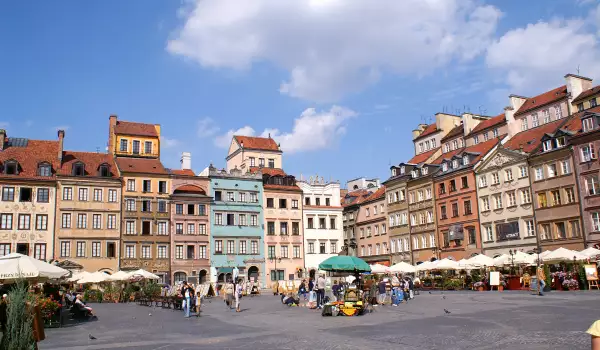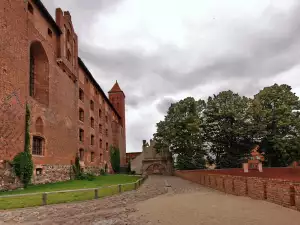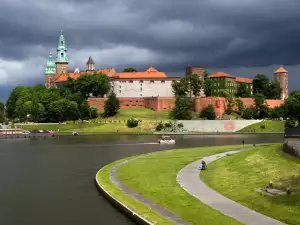Warsaw

Warsaw is the capital of Poland. This city of natural beauty mixed with urbanization, creates a harmonious atmosphere. As capital of the Republic of Poland, Warsaw has collected inside the country's full potential - be it in industry, finance, tourism, history and culture.
Warsaw is a major industrial center of Poland as well developed here are the automotive, electrical industry and production in the steel industry. The largest city in Poland has the most stable educational center of the average European country. Warsaw has 66 universities; the most elite among them are the Warsaw University, Warsaw Technical University, Medical Academy and others. The cultural and artistic face of Warsaw can be met by some of the 30 theaters in the territory of the Polish capital.

The population of Warsaw is just over two million. The capital of Poland is located at the central eastern area of the country, with a total area of 517, 24 square miles called, Masovian Voivodeship. Warsaw extends along the beautiful Vistula River approximately 350 km from the Baltic Sea and 300 km from the Carpathian Mountains. In the European Union, Warsaw is ranked ninth in population.
Warsaw is a fairly common name given to key cases, organizations and conventions such as, the Swiss Warsaw , Warsaw Pact, the Duchy of Warsaw , Warsaw Convention, the Treaty of Warsaw and the Warsaw Uprising. Often called the Warsaw City Phoenix, the name comes from the fact that during World War II Poland's capital had seen enormous devastation. In the postwar years virtually the whole town was built anew through the efforts of its residents. The name Warsaw translates as "belonging to Warsz". Warsz is an abbreviated form of the Slavic male name Warcislaw. Warcislaw was actually a nobleman who ruled a village on the Mariensztat site of today.
Warsaw today is a mixture of architectural styles that reflect the turbulent history of the city and country. This city scape of Warsaw is composed primarily of modern and contemporary architecture, but lacks some historical monuments. Beautiful parks and landscaping of the capital of Poland are the result of large investments, with which Warsaw acquire entirely new squares, parks and monuments. A walk in Warsaw allows you to find wonderful examples of architecture from all historical periods - Gothic, Renaissance, Baroque and of the classical period. Most of these buildings are located near the city center.

Annually Warsaw welcomes over five million tourists from around the world. Currently, the capital of Poland has 34 hotels, 4 dormitories, and 4 camping fields open for camping. Hotels can accommodate a total of 16, 500 visitors.
The historical center of Warsaw is another place not miss out on, as after World War II when the residents of the Polish capital began to rebuild the city, they searched and sorted photos, documents and archives to provide a clear plan of how it Warsaw looked before the bombing. After a walk around the central squares of Warsaw today a walk through the old town should not be missed and be sure to visit the park of Lazienki Royal Gardens.
Besides a perfect place for walking and recreation in this park you can see the monument of Chopin. Before being erected this statue had long been the subject of reflection in which one European city it should stay. Do not be surprised if you see peacocks in the park of Warsaw as these peacocks walk freely in the alleys, contributing to the unique atmosphere.















